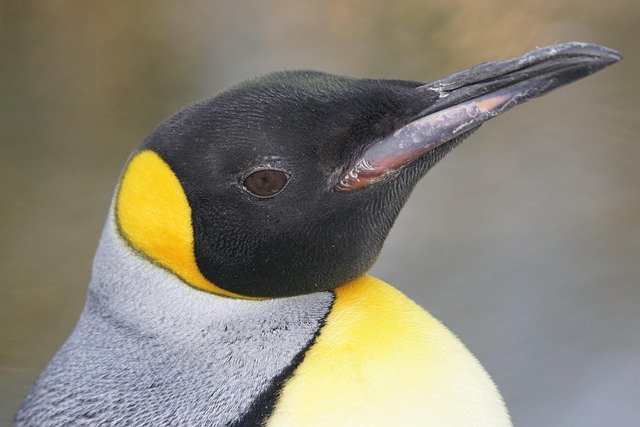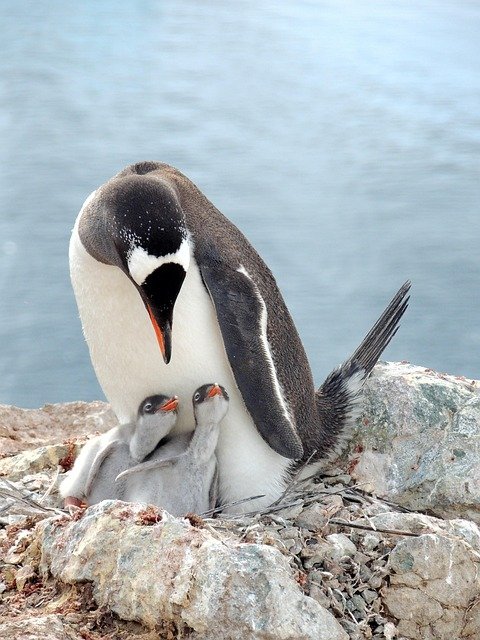**"The Social Lives of Penguins: Understanding Their Complex Communities and Communication"** In this post,

The Social Lives of Penguins: Understanding Their Complex Communities and Communication
Penguins are often perceived as solitary birds, waddling across icy landscapes in search of food. However, beneath this charming exterior lies a rich tapestry of social interactions and complex communities. In this post, we will explore the fascinating social lives of penguins, their intricate communication methods, and the dynamics of their colonies.
The Importance of Community
Colony Structure
Penguins are highly social animals that thrive in large colonies. These colonies can range from a few dozen to several thousand individuals, depending on the species and the environment. For instance, Emperor penguins (Aptenodytes forsteri) can form colonies of up to 20,000 pairs during breeding season. The density of these colonies offers numerous advantages, including increased protection from predators and enhanced foraging success through cooperative behaviors.
Social Bonds
Within these colonies, penguins form strong social bonds. They engage in various social behaviors, including preening, vocalizations, and physical displays. These interactions help strengthen relationships among individuals, which is crucial for raising chicks and ensuring the survival of the species. For example, Gentoo penguins (Pygoscelis papua) are known to engage in mutual preening, which not only helps keep their feathers clean but also reinforces social ties.
Communication: The Language of Penguins
Vocalizations
Penguins have a diverse range of vocalizations that they use to communicate with one another. Each species has its unique calls, which can convey different messages. For example, Emperor penguins produce a variety of sounds, including trumpets, brays, and honks, which serve as mating calls, alarms, or signals to locate mates and chicks in the crowded colonies.
Body Language
In addition to vocalizations, penguins also rely on body language to communicate. They use various postures and movements to express emotions and intentions. For instance, a penguin may bow or raise its flippers to signal aggression or courtship. Observing these behaviors can provide insights into the social dynamics within a colony.
Cooperative Breeding and Parenting
Shared Responsibilities
One of the most remarkable aspects of penguin social life is their cooperative breeding strategies. Many penguin species, such as the Adélie penguin (Pygoscelis adeliae), engage in shared parenting, where both parents take turns incubating eggs and feeding chicks. This collaboration not only increases the survival rate of the offspring but also strengthens the bond between partners.
Chicks and Social Learning
Young penguins benefit from being raised in a colony, as they can learn essential survival skills from older, experienced individuals. This social learning is crucial for their development, as it helps them understand foraging techniques, predator avoidance, and social interactions within the group.
Conclusion
The social lives of penguins are far more intricate than they may first appear. Their complex communities and sophisticated communication methods not only enhance their survival but also enrich their social experiences. As we continue to study these fascinating birds, we gain a deeper appreciation for their behaviors and the importance of preserving their habitats for future generations.
Join the Conversation!
Have you ever observed penguins in the wild or at a zoo? What insights did you gain from their social interactions? Share your thoughts in the comments below! 🐧💬

Upvoted! Thank you for supporting witness @jswit.